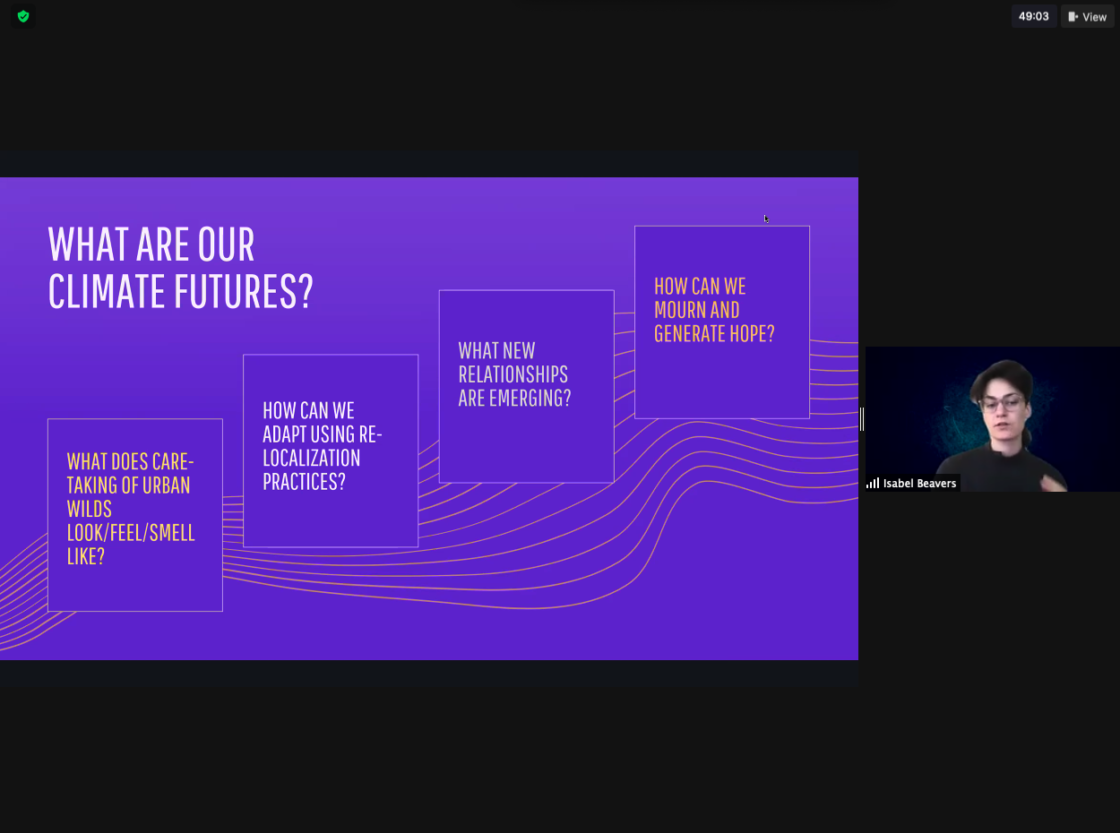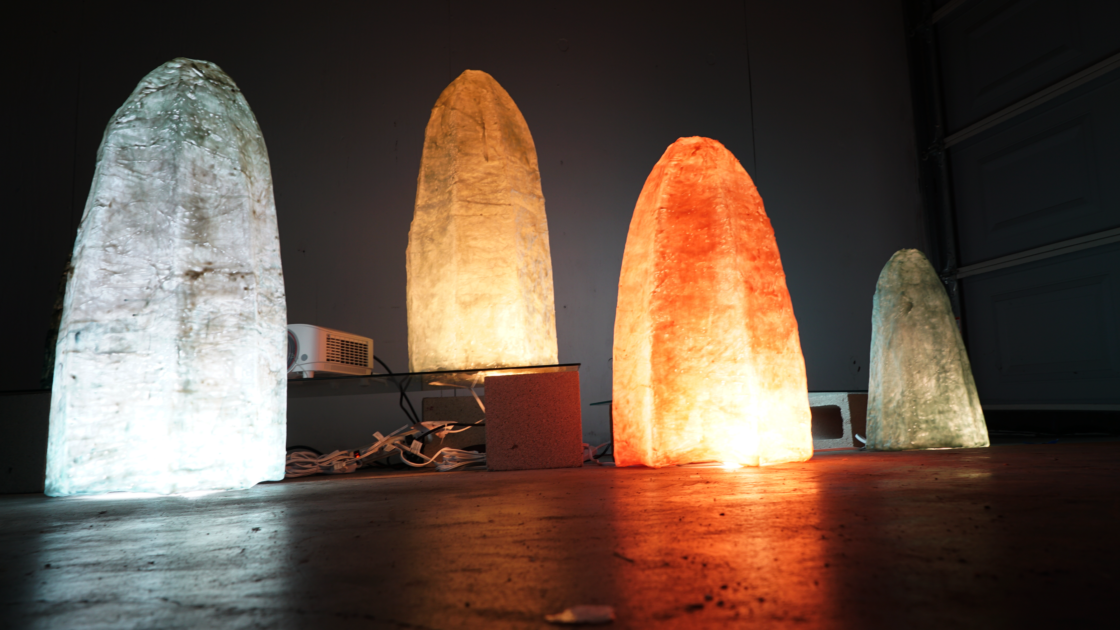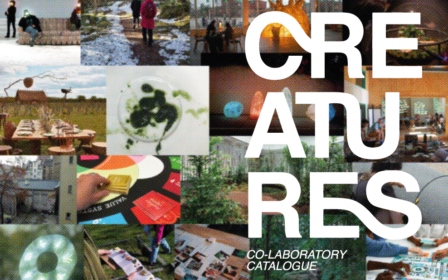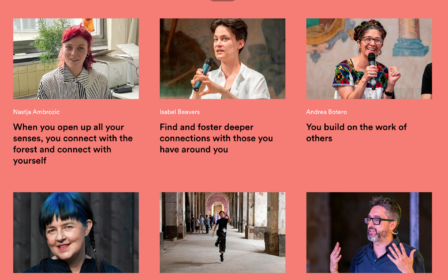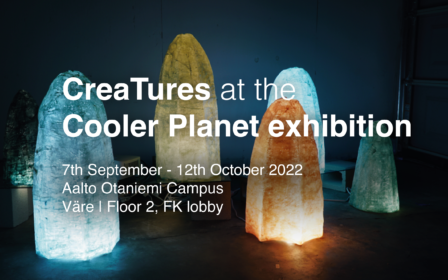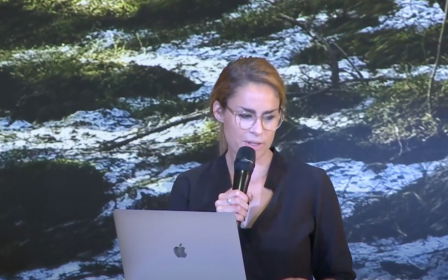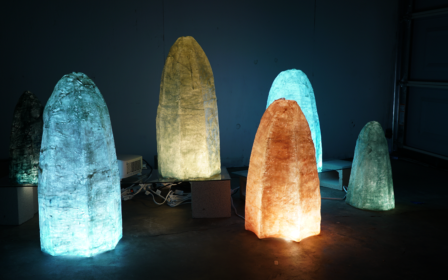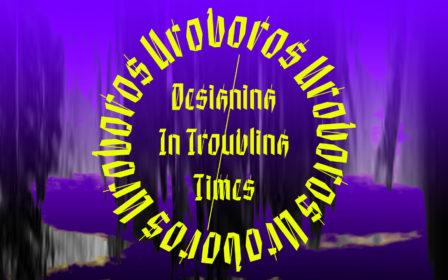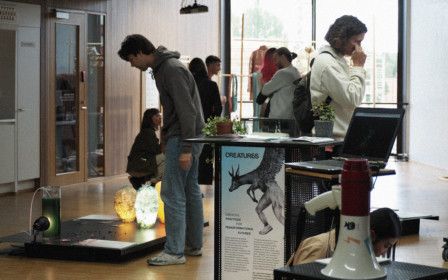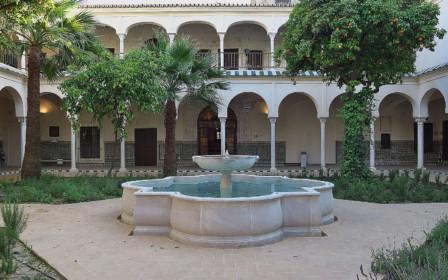Nocturne is a series of wild altars located in an urban wilderness that are meant to be experienced at dusk, dawn, or at night. The altars are experienced outdoors in chance encounters, as well as in museum and gallery exhibitions. Rooted in intimate experiences with the elements, landscape, seascape, and more-than-human species, each site calls upon a specific and ephemeral moment of sensory collaboration: times when the sun, light, sound, and scent coalesce through the senses of the human body to produce sublime or ordinary but intimate moments. The Nocturne was initiated by the LA-based artist Isabel Beavers, who has opened the project and invited others to build altars in their local urban surroundings. By welcoming others to engage in the collective, distributed practice of altar building, the Nocturne project aims to grow a relational network of more-than-human collaborations with diverse local ecosystems that offer opportunities for generating new eco-rituals.
The Nocturne project has unfolded as an experiment in care-taking and intimacy with the more-than-human world. The network of Nocturne altars operates as an economy of care – visitors to the interventions are responsible for upholding the integrity of the site, both in the more-than-human species that inhabit it, as well as in care-taking of the altars. The practice of generating new rituals with non-human species serves as a method of re-localization, de-emphasizing the human-human connection, and re-emphasizing the grounding impacts of more-than-human interactions.
The Nocturne lanterns were created using an adaptation of the Akari process of bamboo paper lamp making in Japan: following the Akari tradition, the lanterns are made of foam-core, saran wrap, string, and painted beeswax. Combined into altars, the lanterns each spark a distinct sensorial experience: the way the sunlight backlights a native plant species at sunset; the sound of the birdsong at sunrise; the scent of jasmine leaves opening as the day cools into night.
The first public showcase of the Nocturne altars within the CreaTures project took place during the Wild Altars: Radio Walk Stairs installation situated in the artist’s local neighbourhood in Silverlake, Los Angeles (March – August 2021). The work was presented as a ‘wild’ outdoors intervention inviting casual and serendipitous encounters. Near to home, such interventions slip into existing ecologies, opening a temporary space for new ceremonies and eco-rituals, beckoning humans to slow down and pay attention to the special arrangements of elements and lives around them.
“This pause and break in their typical movement patterns and speed are meant to lead to a moment of deeper observation of the network of more-than-human species around them. Generating this embodied experience aligns with relocalization practices, and subverts the hierarchy of intellectual versus embodied knowledge present in Western epistemologies. To come back to our bodies is to come home, and in this case to come back to the more-than-human entanglements that we are a part of. “
– Isabel Beavers (2021)
QR codes at the site of the altars enabled members of the public to learn about the work, the artist, and reach out if they wanted. The received communication was positive and full of gratitude. The general response was an appreciation for having art in the neighbourhood, and an appreciation of the message. The altar stayed up on the stairs for about a year.
One of the original ideas that Isabel had was to undertake a daily or weekly ritual of visiting the altar and taking a few quiet moments to sit on the steps and listen to, and feel, the elements around her. The ritual evolved over time as she visited the altar less and less. As she prepared to create a further altar on a different staircase, it seemed that a new ritual might involve building a new altar each year, both locally and in more remote locations.
A critical part of the Nocturne project are the social processes involved in co-creating altars and eco-rituals together. There were two workshops organised throughout the course of the project: the first titled Nocturne Altar Hack: Wild Designs for New Eco-rituals workshop at the CreaTures Feral track at the 2021 Uroboros festival (May 2021, online) and the second Co-Creating Wild Altars organised at CultureHub’s ReFest: Reunification (March 2022, Los Angeles).
The Uroboros workshop was structured as a design hack: participants from many parts of the globe were broken up into small groups to brainstorm how they might create a wild altar: what materials they would use, where the altar be placed, what eco-rituals would emerge from the intervention. The workshop was accompanied by a Discord channel to encourage dialogue and communication post-workshop.
The second workshop at ReFest involved twelve participants creating their own small lanterns at the artist’s home studio in Los Angeles. Participants learned the process of creating these wax sculptures and took their creations to place in their own home environments, dedicating them to new eco-rituals they hoped to enact.
Following on the Wild Altars, Beavers created a multimedia installation Nocturne: Sea Altar incorporating audio, audio-reactive visuals, and seven light sculptures to honour the ocean, inviting visitors to engage in a practice of deep listening to ask: what are more-than-humans telling us?
The Sea Altar was showcased at the Atmospheres Deep exhibition at the San Luis Obispo Museum of Art (Monterey, California; May – July 2021), at Sui Generis: Debates about the Singular exhibition in the SOLA Contemporary (Los Angeles, California; January 2022), and at the Symbiosis: Sculpting the Art of Living Together exhibition in CultureHub (Los Angeles, July 2022).
The Nocturne project was further exhibited at the CreaTures Festival in Seville, Spain (June – July 2022) and at the Helsinki Design Week 2022 – Designs for Cooler Planet exhibition in Espoo, Finland, as part of the CreaTures project showcase (September – October 2022). Accompanying the altars, the Cooler Planet exhibition also unveiled a short film The Sky Has Not Yet Fallen showing conceptual background of the Nocturne project:









